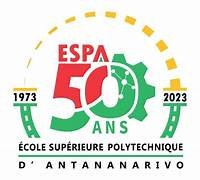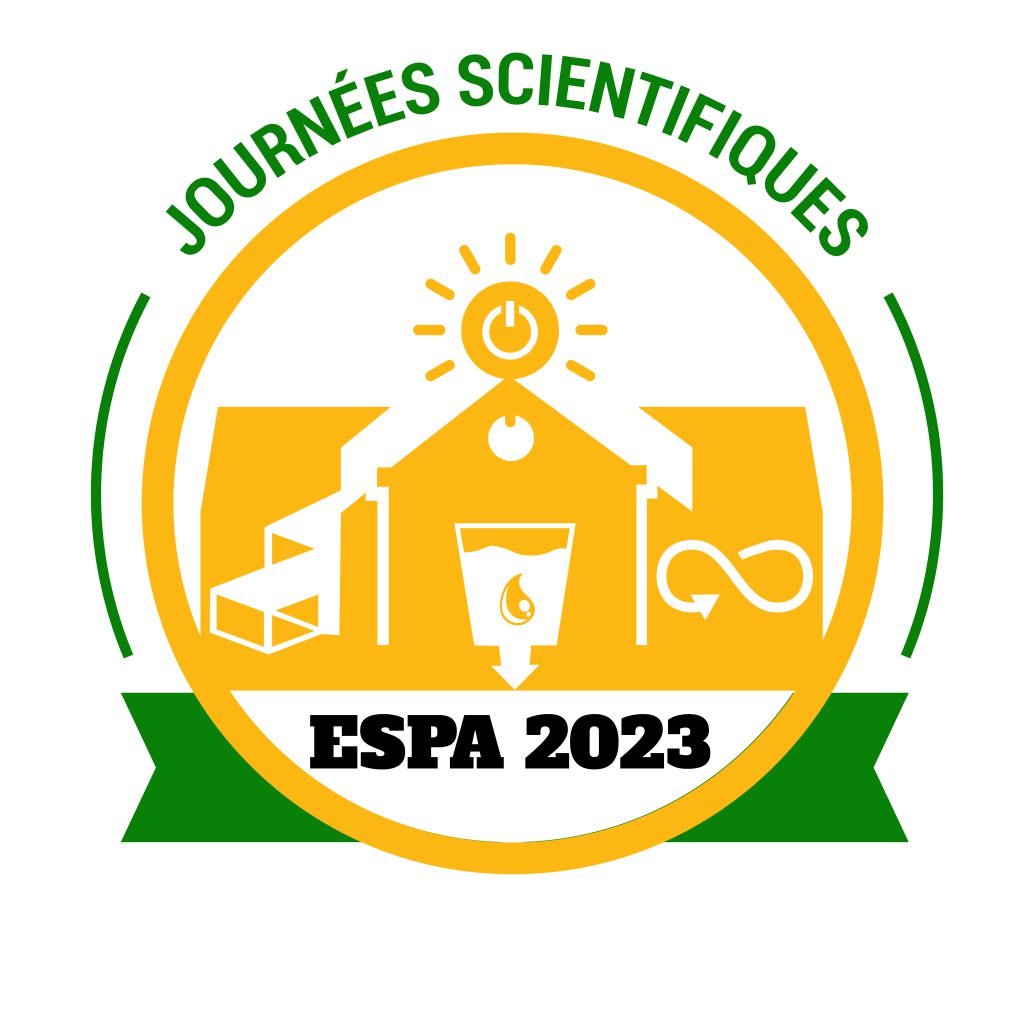Using artificial intelligence to predict the limit pressures of foundation soils
Résumé
In the infrastructure sector, soil investigation is essential for sizing the foundations of structures. The depth of investigation required by current regulations and depending on the scale of the project is becoming a major problem in Madagascar due to inadequate resources or limited capacity of testing equipment. As a result, engineers are forced to extrapolate unknown values beyond the pressuremeter diagram supplied by the laboratory. But a poor estimate could well lead to colossal errors, with harmful consequences for future structures. With this in mind, an innovative and formidable method such as artificial neural networks is being used to effectively predict the unknown limit pressures at which test equipment reaches its limit at depth. The foundation calculation based on Menard pressuremeter tests was our choice, and the approaches were carried out under the conditions of multilayer formal neurons with a non-looped structure. The simulation results confirm the effectiveness and robustness of the approaches, and the prediction of the pressuremeter diagram ideally reflects both logic and reality. Finally, to ensure the predictive power of the networks, a comparison of the calculation of the piles with the GEOFOND software was carried out with an error rate of 0.49%, followed by a performance analysis with a Nash-Sutcliffe coefficient of 0.9028, justifying the best fit of the model to the observed values. We have concluded that our neural models perform very well and can be used by our engineers with a high level of reliability.
Peak load limit, Deep foundations, GEOFOND, piles under mud, Menard pressure meter, neural networks
References
[1] Esma Aïmeur « Intelligence artificielle : quel avenir ? », Université de Montréal, Département d’informatique et recherche opérationnelle (2004)
[2] COSTET G. SANGLERAT (1983) – cours pratique de mécanique des sols (Tome 2), 237 pages
[3] ARVOR Géotechnique, Fiche MPE-FT-08 A 2010 : Essai pressiométrique Ménard sans cycle (NF P 94-110-1)
[4] Ministère de l’équipement, du logement et des transports (1993)- Règles techniques de conception et de calcul des fondations des ouvrages du Génie Civil – Fascicule 62 titre V
[5] H. EL Badaoui , A. Abdallaoui et S. Chabaa (2014). Perceptron Multicouches et réseau à Fonction de Base Radiale pour la prédiction du taux d‘humidité. International Journal of Innovation and Scientific Research ISSN 2351-8014 Vol. 5 No. 1 Jul. 2014, pp. 55-67
[6] D. Rumelhart, G. Hinton & R. Williams, \"Learning internal representations by error propagation,\" Parallel Distributed Processing, Vol. 1., D. Rumelhart and J. McClelland Eds. Cambridge: MIT Press, pp. 318-362, 1986.
[7] [4.24] GRAIE, Critères et indicateurs d‘auto-évaluation des modèles, Version 1 – Document de travail Mars 2018


